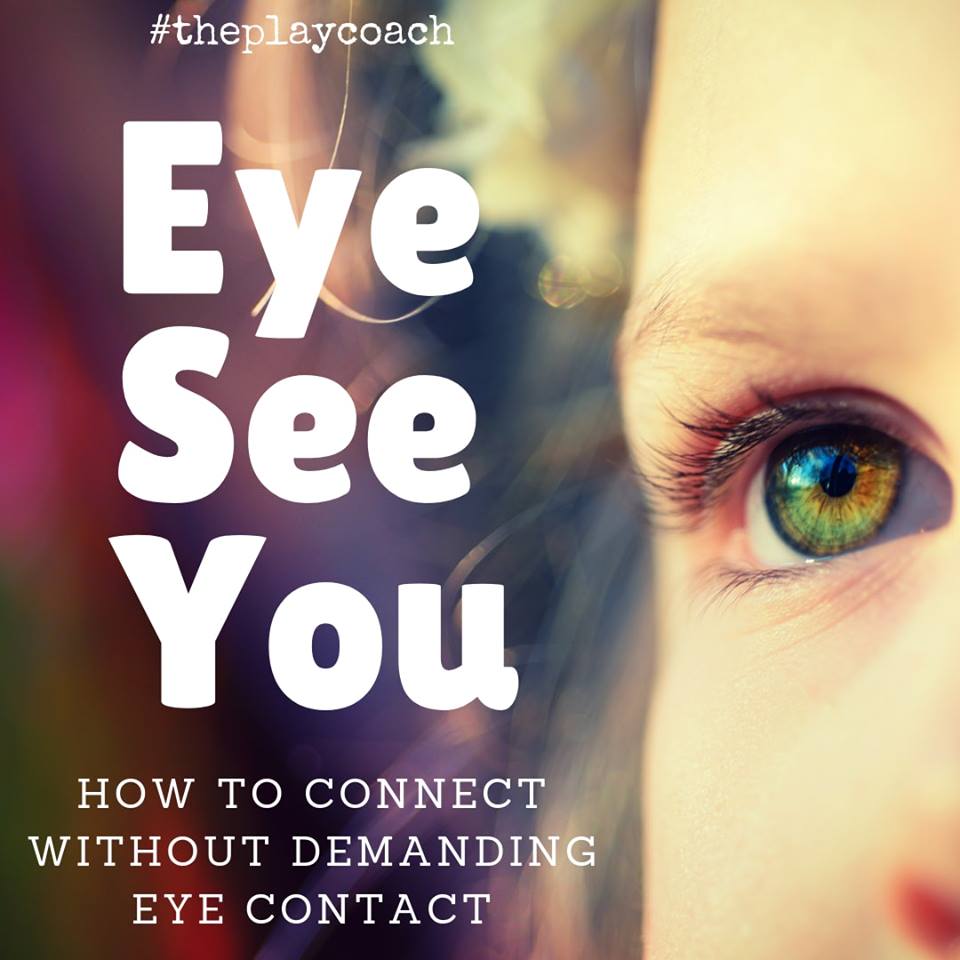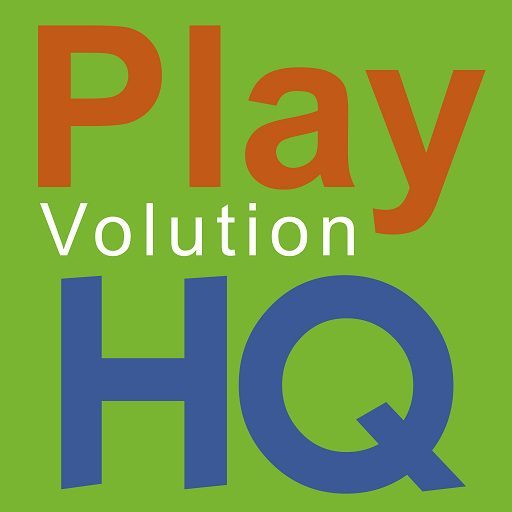
Today’s top connection tip is all about eye contact. Even for just a brief moment, when your eyes connect with another person hundreds of messages can be passed between the two of you. Think about when you are at the shops and you are busy walking down an aisle, then you look up and someone else looks at you. Sometimes you might get lucky and have a smile flashing back at you. Other times you might see a world of hurt in the expression on the other person’s face.
The same applies to children. When you are on their level and making eye contact, you are creating a link that can not only send out information but receive it also. Ensuring your face and tone of voice is soft allows your eyes to be relaxed and inviting. Your eyes truly are a window to the soul. Neuroscience tells us that the eyes contain nerve projections that lead directly to key brain structures for empathy and matching emotions (Social Intelligence: The New Science of Human Relationships by Daniel Goleman). That butterflies feeling you get in your stomach when you fall in love? In that moment of eye contact where you feel like you and your loved one are the only people in the entire universe? Use that. Use that to engage children so they feel safe with you.
In some cultures, eye contact is seen as inappropriate. Demanding eye contact can also be intimidating, shameful or uncomfortable – for children and adults! We must always be aware of what we are asking of children and whether or not they can be successful, or if we are more concerned with our own control and expectations of compliance.
Instead of striving for eye contact, try to remember what you are teaching them in that moment. If you are wanting to get their attention, hold their hand or tap them on the shoulder and use gesture or pointing to show them what you mean. If you can physically move to show them what to do that is even better as children don’t have an inner voice – they think in pictures! For example, if a child is running around the room you can say, “Walk. Running is not safe. You may walk, like this, or you may march, like this” and demonstrate how to walk safely. Providing two choices allows children to feel powerful and in control with their decisions but still be successful.
Author
Emma is The Play Coach who loves everything and anything to do with play. Play is children’s work and she thinks it should be adult’s work too. Connect with Emma for consultations and trainings that promote wonder, joy and well-being through the power of play.
In-Person And Online Training
Learn how to book an in-person or online training for your organization on these early learning topics.
Support The Site
I participate in the Amazon Services LLC Associates Program, an affiliate advertising program designed to provide a means for me to earn fees
by linking to Amazon.com and affiliate sites.
Thanks To Our Patrons
This post was made possible by patrons like these, who generously fund our work:
Supporters
Lissadell Greene Stephanie Goloway Jennifer Stark
Lagina Kozak Michelle Hankins
Marie Messinger Tamara L. Lakin
Fans
Jen Flemming Lizz Nolasco Cynthia J Bays
Susan Warner Kelly Sigalove Shawn Wolf
Vittoria Jimerson Codee Gilbert Wendy Tedford
Monica Morrell Pam Soloman Melissa Franklin
Teresa Watson Erika Felt Autumn Peele
Melissa Taylor Jahmeela Robinson Stacie Manning
Amber Maurina Terra Calamari Anne Jackson
Lagina Kozak Samantha Yeager-Cheevers
Elizebeth McCoy Sammy Cousens Ellen Cogan


Leave a Reply